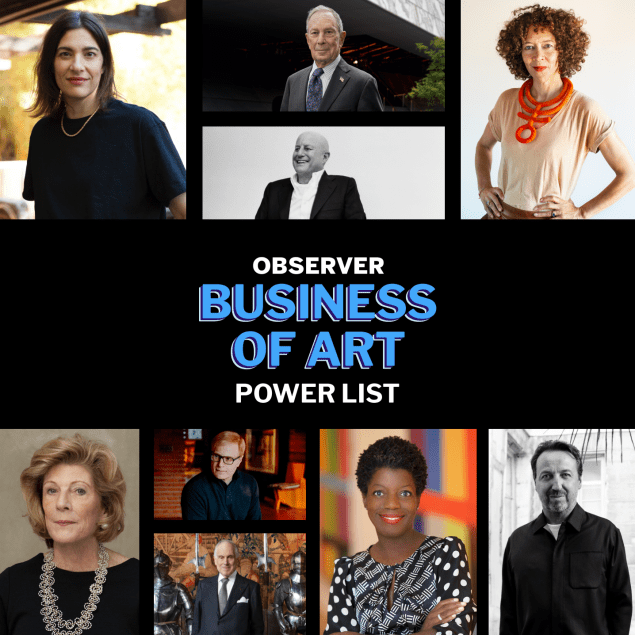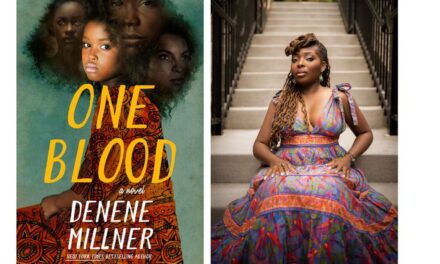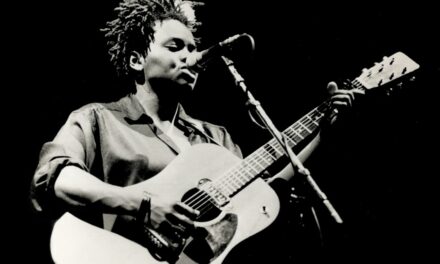
The past year has been one of more transformation than usually occurs in the art world in any given twelve-month span. The cooler market can only account for some of the sweeping change—though “it is a correction, but not a collapse,” according to Christie’s CEO Guillaume Cerutti, as quoted in the Financial Times. This year saw the purchase of The Armory Show and Expo Chicago by Frieze, continuing optimism about Asia in the face of general market retraction and an art world still trying to understand the place of its institutions in the 21st Century.
Frieze’s parent company Endeavor set the stage for an effective fair market duopoly encompassing it and MCH Group, owner of the Art Basel fairs, and the coalescence of these entities make them feel ever more powerful. Most galleries have been bemoaning “fair fatigue” for about a decade now because fairs are a big headache. They are expensive and necessitate a gallery’s small staff traveling the world at pretty much all times, coordinating the shipment of expensive artworks while standing under the bright lights of convention centers—possibly hungover because they went out for mandatory relationship-building drinks with local collectors the night before.
But artists are clearly making enough work to support the fairs, and galleries can’t afford not to do them. The most recent Art Basel and UBS Art Market Report—the authoritative report on the art economy, as presented by Art Basel—said that 35 percent of gallery sales in 2022 happened at fairs, with dealers expecting that to grow in the coming years. Frieze’s director Christine Messineo is on Observer’s Arts Business Power List because of her organization’s ascendancy this year, but you’ll also find James Murdoch there, as his decision to purchase a third of the MCH Group in 2020 looks ever more shrewd. Art Basel also saw a changing of the guard this year, with Noah Horowitz replacing Marc Spiegler in the top spot and Bridget Finn now heading the fair in Miami.
All this is to say that whatever else is happening in the art market at the moment, fair culture is here to stay. This is true to the extent that Frieze even competed with itself this September, staging its second iteration of Frieze Seoul at the same time as The Armory Show. Part of that has to do with the raging dollar and the fact that the Korean Won hit its lowest value in thirteen years in 2022—low interest rates encourage collecting. Several Western galleries have recently opened in Seoul, among them White Cube, Peres Projects and Thaddaeus Ropac, which announced this year that it would double its space there. Barbara Gladstone has been there since 2021, and Phillips also inaugurated a new Asian headquarters in Hong Kong this year. Asian collectors were the talk of Basel in Switzerland, picking up some of the slack left by their Western counterparts.
Meanwhile, museums continued their changing of the guard as they probed their place in a changing world. This trend toward existential questioning began sometime during the Trump administration, as sundry institutions were protested for, among other things, their proximity to unsavory money. Thelma Golden, director and chief curator of the Studio Museum in Harlem, remains the best ambassador for institutions as a concept, and she, Glenn Lowry and others at the head of New York City’s top museums are still grateful to loyal patrons of the arts like Agnes Gund, Ronald Lauder and Michael Bloomberg. These are people seldom swayed by the trends of the moment.
But museums, while working hard to do their best in a complex cultural landscape, remain sites of climate protests, which feels pretty weird and arbitrary, and are beset with calls for repatriation of historical objects to their home countries. There are bright spots, however. A recent New York Times headline pointed out that “Increasingly, Women Are Running the World’s Great Museums,” among them, the National Gallery of Art (Kaywin Feldman), the Philadelphia Museum of Art (Alexandra Suda), Smithsonian’s Hirshhorn Museum (Melissa Chiu) and the Saint Louis Art Museum (Min Jung Kim).
What else happened this year? Patrick Radden Keefe’s New Yorker profile of Larry Gaogisan felt like an event in and of itself. Even the most embedded art world denizens probably only knew half the anecdotes contained therein, and the piece firmly crowned him king of the art world in its current form, raising plenty of questions about his succession. The gallery’s board, including COO Andrew Fabricant, was established last year and also includes Tom Hill.
All in all, it’s been a year packed with ups, downs and transformation driven in no small part by the people below.




